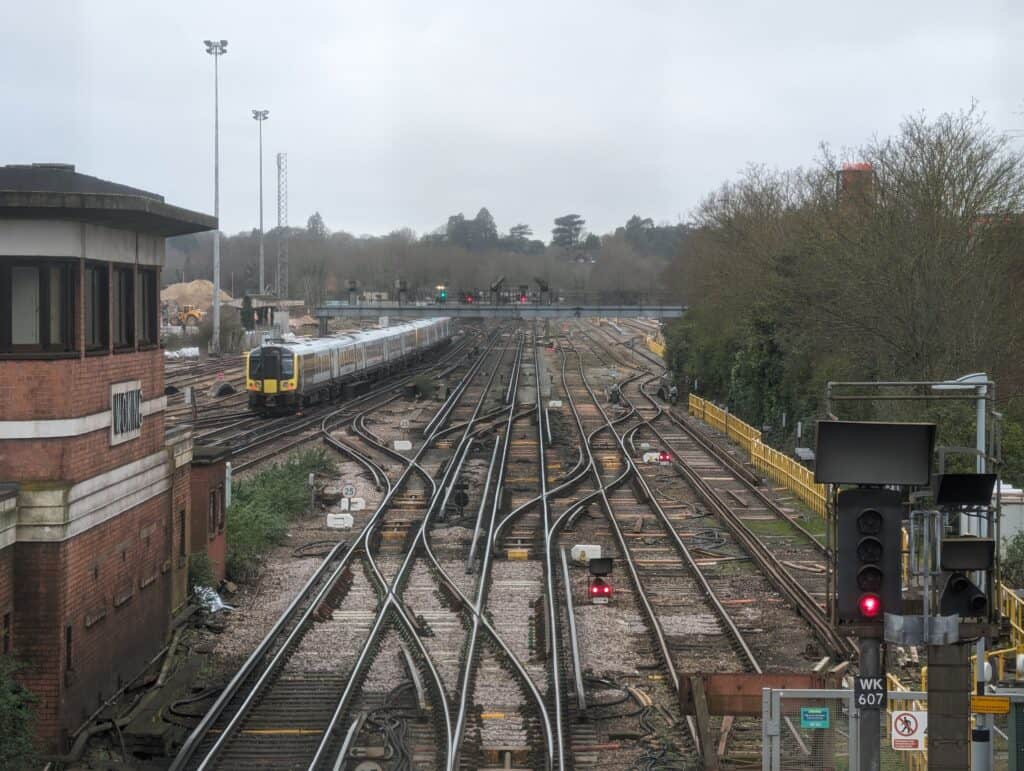On May 22nd, 2026 I will turn 50. Half a century old. One foot in the grave. Things of that nature. And on that same date, the next Star Wars movie since 2019 will be released:
The Mandalorian and Grogu
Whether this is a replacement for season 4 of the excellent Star Wars TV series, The Mandalorian, or whether it’s in addition to – I just don’t know. But what I do know is that I want to watch it on the big screen. I’ve been a Star Wars fan ever since I was a little kid (even if Yoda scared the living daylights out of me when I went to see Empire Strikes Back at the local Gants Hill Odeon back in the early 80’s).
All these decades later I still love the original trilogy and everything else that’s been going on long ago in a galaxy far, far away. Being 50 (which, ironically is the same age that Grogu is when he’s found by Din Djarin, the Mandalorian) does not change the fact I still love this franchise. These films have meant so much to me that it made me want to work in the film industry (and eventually I did), and has always been a part of my life in some way.
I’ve already seen a movie with George Lucas. Literally. He was sitting a few rows back from me when I attended the New York world premiere of Peter Jackson’s King Kong. It was truly a star-studded affair and I even wore a tux for the occasion. The fanciest, most expensive trip to the cinema I’ve ever experienced. But – and this is my crazy thinking – what if I were to get premiere ticket(s) for this new Star Wars film? Would that be in LA, New York or London? Would George Lucas and/or any of the surviving actors from the original trilogy be there?
If nothing else, I’d like to do something that doesn’t define what it means to be 50. Maybe a party with Star Wars cakes and everybody wearing masks (me as Darth?). That would be both sad and hilarious. Mainly sad, I suspect.
Well, I’ve got a bit of time to think about what I want to do. In the mean time, live long and may the Schwartz be with you!

